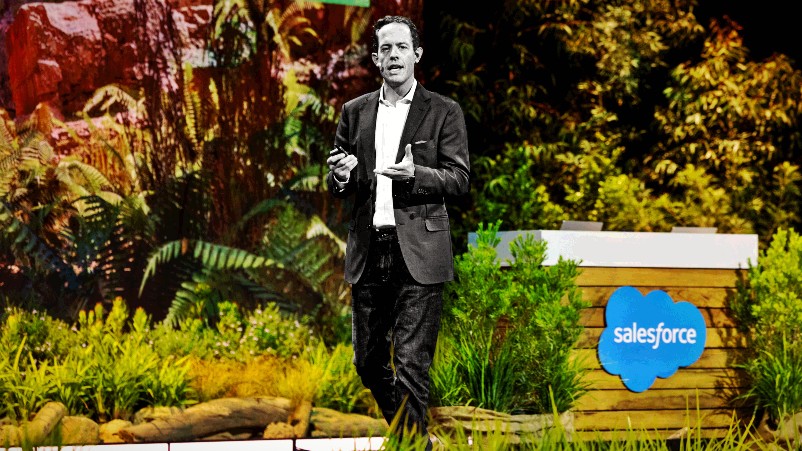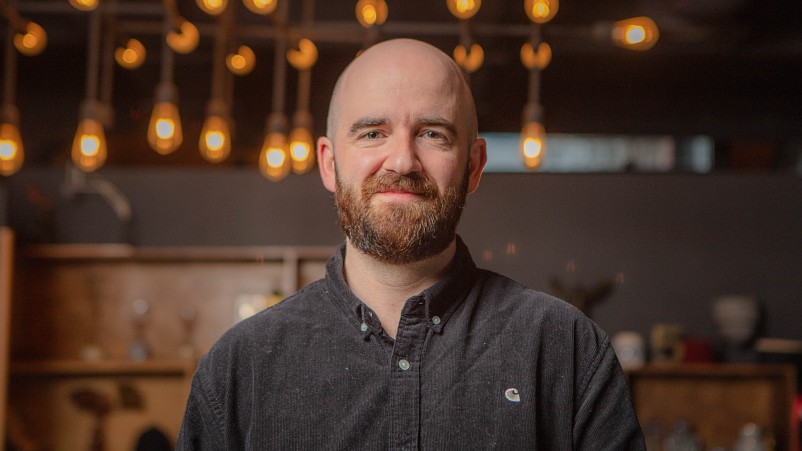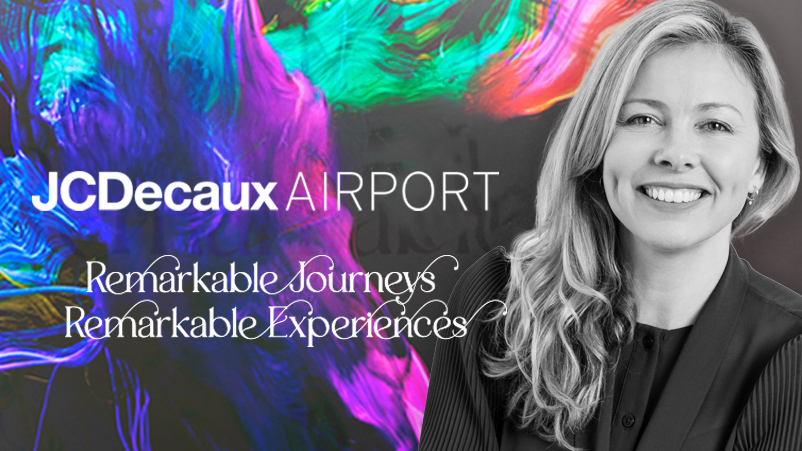Under pressure on AI from all sides: 70 CEOs tell Salesforce’s ANZ boss what they need to greenlight projects

Frank exchange of views: Salesforce's ANZ boss Frank Fillmann is bidding to bust efficiency-experience trade-off "myth" by going in at the top.
In the last six months, Salesforce ANZ chief Frank Fillmann has met 70 Australian CEOs. They're facing pressure to move on AI from four sides, but he says leading with cost-out won’t relieve that pressure. Leading with experience will. That’s what Hipages is now doing, cutting tradie onboarding from an hour to 10 minutes. Likewise Fisher & Paykel is using autonomous agents to cull service enquiries by 30 per cent, freeing 3,300 hours a month. Which means cost out, employee experience in, and customer experience wins. The trade-off between cost efficiency and experience, reckons Fillmann, “is rapidly becoming a myth.”
What you need to know:
- On average, Salesforce ANZ boss Frank Fillmann has been meeting three CEOs a week for the last six months. AI is top of their agenda – and they're under pressure on four fronts.
- There’s pressure from the board to get moving and deliver value; external pressure with myriad vendors pushing different messages and new technologies; internal pressure, where value is trapped in disconnected siloes; and similarly internal structural pressure, where departmental disconnects can mean everything ladders back to the CEO.
- All of which means “the CEO is under more pressure than ever before,” per Fillmann.
- He thinks the way to solve it is to not focus squarely on AI for cost-out, but to drive experience that will lead to cost-out and growth. Fisher & Paykel and Hipages are taking that approach – and eyeing massive gains.
The front line, where a customer talks to a bot, an agent, an employee, is where everything happens: revenue, loyalty, reputation, NPS, CSAT, retention, it all occurs there. Our belief is that historically, efficiencies and intimacy or experience might be [seen as] trade offs – that might be the myth in the industry, but I believe that myth is changing very quickly.
Chiefs protagonist
At the start of the year, Salesforce ANZ chief Frank Fillmann set himself a target: Meet 100 CEOs by the year end. A former chief revenue officer locally and top sales VP in North America, Fillmann doesn’t like to miss targets. He’s now hit 70. “So we’re on track,” says Fillmann. Here’s what he found.
“There's pressure on four sides. Most CEOs do not have a background in data and AI, so they're learning as fast as they can. They have pressure from above, from the boards saying ‘you've experimented for a year, get going, and I'd like to see business value’. They don't always share how to do that, but there's pressure to get going,” says Fillmann.
“There's pressure on the outside, which is, there's a lot of new technology, but it can be overwhelming: ‘Where do I start? What do I use?’ There's value in the ecosystem, but it's trapped because you don't know where to start or how to convert that into value,” he adds.
“The third pressure is internally, where you've got value that's trapped. For example, if you've got a CMO that owns a contact centre talking to a customer and they have a question about the cashmere sweater – should I wash it? Well, that data might be available in a data lake owned by a CTO. It's not available to front office agent.”
“The fourth area of pressure is because the CMO in that use case and the CTO in that use case don't have a common reporting structure, they delegate up to their CEO and say, ‘What do you want me to do?’ And so the pressure on CEOs is bigger than it's ever been.”
That sentiment is borne out in a poll of 300 Australian c-suiters carried out for Salesforce by YouGov – 81 per cent said genAI integration is critical, and 38 per cent said it’s their top priority. It also found that “the number one person in an organisation that believes they're personally accountable for generative AI is a CEO,” per Fillmann. “CTOs are obviously up there and CMOs, but the number one was a CEO.”
The study looked at reasons for investing – and the top three were neck and neck, cited by 41-43 per cent.
“The first one was operational efficiencies – cost takeout. The second was experience – employees and customer. The third was competitive differentiation,” says Fillmann. While cost out drives value for shareholders, it rarely leads to competitive differentiation. Which is why Fillmann argues experience should be first in the genAI merit order – because experience does drive differentiation.
“The front line, where a customer talks to a bot, an agent, an employee, is where everything happens: revenue, loyalty, reputation, NPS, CSAT, retention, it all occurs there. That's why McKinsey says 75 per cent of the impact of AI is going to happen in the front office. Our belief is that historically, efficiencies and intimacy or experience might be [seen as] trade offs – that might be the myth in the industry, but I believe that myth is changing very quickly,” says Fillmann.
He cites Hipages as an example. “They are now building out the ability to onboard a tradie in 10 minutes instead of 60 minutes. The ability to do that over a cup of coffee and get back to work versus spending a lot of time doing something administrative. Imagine what this does. It drives efficiencies for the company, for Hipages and the experience for the employee is way better, and for the tradie, way better.”
Which solves two of the four AI pressure points – external and internal – now piling onto the CEO. “That pinchpoint is where the two things come together,” per Fillmann. “So Hipages might justify their investment based on savings. But the reality is, they're providing unbelievable experience, loyalty and reputation – and now they can become category winners with that kind of marketplace impact.”
Fillmann cites Fisher & Paykel as another example, using Salesforce’s autonomous AI agents (Agentforce) to cull its customer service query backlog by 30 per cent, saving 3,300 hours a month, which means “customer service can focus on higher value stuff.”
Budget unblocker
Salesforce has been ramming home the message that firms are wasting money building and training up AI models from scratch – with CEO Marc Benioff scathing on rivals’ co-pilot approaches and global CMO Ariel Kelman arguing firms are wasting “literally tens and tens of millions of dollars” by training and fine tuning AI large language models when it comes to sales, customer service, marketing and commerce.
Fillmann doesn’t deviate from that message. For CEOs grappling with board pressure to get moving and deliver value without sinking excessive capital and time, he says that’s what autonomous agents plugged into existing business data and systems can deliver in a matter of weeks.
The same applies to pretty much all c-suite functions.
“If I'm trying to get internal budget approved, and the Australian research absolutely validates this, the easiest way to get funding approved is cost out and efficiency. If I'm a growth-oriented person, whether that's marketing or sales … it's hard to get funding for experience-oriented, growth-oriented strategies. To be able to drive efficiency and cost out to fund the growth initiative, means the [traditional] trade off isn't there. Which means I don't have to wait for funding approval for my project because I can drive economic efficiencies and drive my own KPI agenda,” says Fillmann.
“That's the beauty of the Australian research: There are three reasons people want to invest cost out experience and competitive differentiation. Cost does not drive competitive differentiation. But if you can drive into experience like Hipages and Fisher & Paykel will do, then you're starting to drive more differentiation in the marketplace. And then your boss gets happy.”
Now Fillmann has to speak to 30 more bosses before Christmas.



